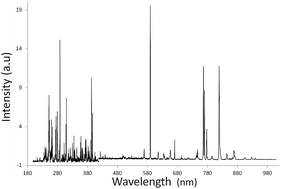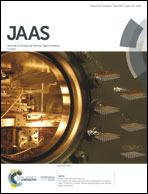Advanced statistical analysis of LIBS spectra for the sourcing of obsidian samples
Abstract
Numerous prehistoric populations around the world have made intensive use of the conchoidal properties of obsidian, a volcanic glass, to make tools and weapons. For archaeologists, knowing the geological origin of these artifacts is vital to reconstruct population movements and interactions. In this paper, we discuss the results obtained by Laser-Induced Breakdown Spectroscopy [LIBS] on a corpus of 228 geological obsidian samples from the Western Mediterranean area. For the purposes of this study LIBS was undertaken in a laboratory setting. However, handheld LIBS should one day allow an extension of this work directly on site, on archaeological excavations or in a museum setting. The LIBS spectra are analyzed through the supervised multivariate approach called Quadratic Discriminant Analysis [QDA]. The methodology of this advanced data processing approach is detailed and the ability of the resulting model to sort the samples is assessed thanks to several figures of merit. The results obtained for the set of obsidian samples considered in the present study reveal that LIBS data treated by QDA is an efficient approach for answering the question of sourcing in this particular case-study. The same model can be applied to archeological samples from the same geographical area. More generally, the methodology presented here can be considered as a general guideline for any other LIBS-based sorting purposes.

- This article is part of the themed collection: European Workshop on Laser Ablation


 Please wait while we load your content...
Please wait while we load your content...